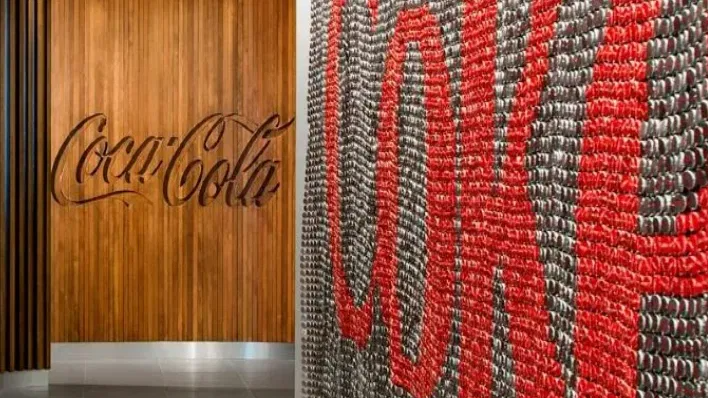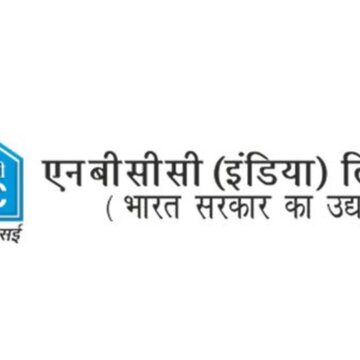The Coca-Cola Company reported robust Q3 2025 results on Tuesday, delivering better-than-expected revenue and profitability results. The results show the massive price strength of the firm, and the consumers continued buying the products without hesitation, even as prices went up, and as such, the stock price increased by approximately 3.5 percent.
The huge beverage company reported adjusted earnings of $0.82 per share; however, analysts estimated earnings of $0.78 per share. Quarterly revenue rose $12.5 billion, beating estimates based on $12.4 billion.
One major reason for the company’s strong performance is the rise in its prices. They increased them by about 6 percent over the last year. Irrespective of the price rise, customers did not stop buying, and hence it resulted in boosting the company’s total sales.
This price strategy was backed up by a slight but significant 1% increase in worldwide unit case volume. This volume growth return was good news for investors, reversing the slight fall back through the second quarter and indicating healthy end-consumer demand. The organic revenue, which excludes the impact of currency and acquisition, increased by a strong 6%.
Regional highlights
The major input on the strong performance was given by Coca-Cola’s low-sugar drinks. “Coca-Cola Zero Sugar” was the best-performing product, reporting 14% growth in volume worldwide. The parent company of water, sports, coffee, and tea also increased by 3% volume.
Geographically, the results were of mixed nature:
Europe, Middle East & Africa (EMEA): Experienced steady unit volume growth.
North America & Latin America: Remained flat in terms of volume.
Asia-Pacific: Recorded 1% volume decrease, which managers blamed on severe weather conditions, particularly in major markets including India.
Investors reacted positively, and the stock moved higher by some 3.57 percent to be trading at approximately $70.88 by mid-morning. The report confirms the company's "all-weather strategy," balancing price sensitivity, for instance, with small pour sizes, and investment in higher-end products such as Fairlife milk and zero-sugar beverages.











